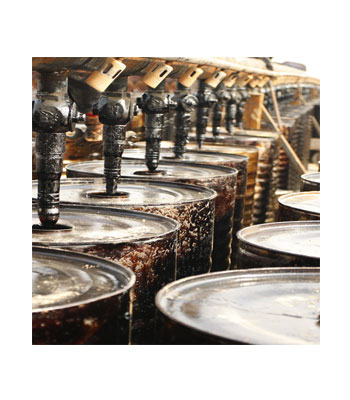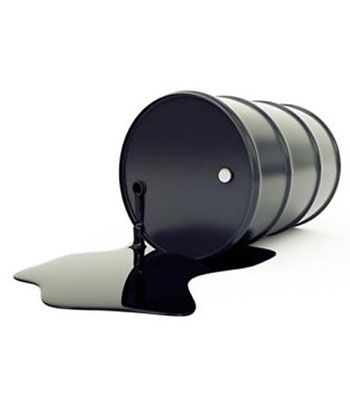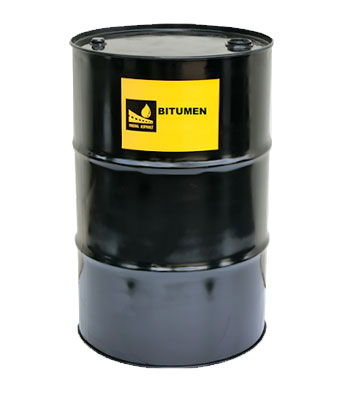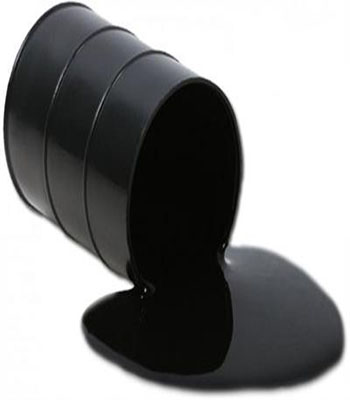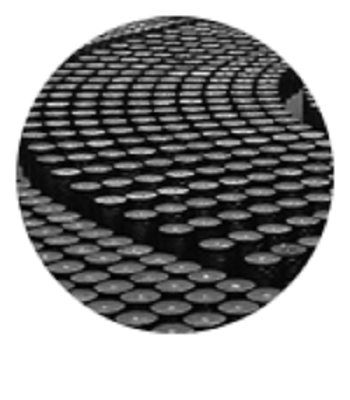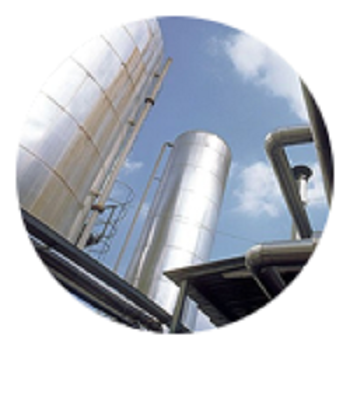Air Blowing Bitumen Bitumen & Tar
0,00 €Production of Bitumen Product in Iran and World by Blowing Method and Straight Run Method. The Air Blowing Bitumen is Produced by Process of Vacuum Bottom (VB) and Air in the Reactor and Due to the Control of the Process Conditions, Different Grades are Produced.
Air Blowing Bitumen- Tar
0,00 €Bitumen production in according to three standard method (Blowing method ,Straight run method and Blending method) in Iran and other countries
The Air Blowing Bitumen is produced by process of vacuum Bottom (VB) and air in the reactor. and due to the control of the process conditions, different grades are produced.
Bitumen clasification according to various specification such as Penetration, Viscosity, Performane of bitumen in the road and ….
Bitumen – Tar
0,00 €The degree of penetration of bitumen provided by the company is pure petroleum bitumen, which is produced by passing hot air through the raw material of vacuum baton. Bitumen is produced from crude oil residues after breaking down and eliminating its hydrocarbons.
BITUMEN 40-50 Penetration Grade
0,00 €Penetration Grade Bitumen is a standard bitumen usually used as a Paving Grade Bitumen essential for road construction and for the production of asphalt pavements with superior properties, and it’s very important once it bounds the aggregates and creates a unique cohesion and stability to the bituminous mix.
BITUMEN 40/50 Penetration Grade
0,00 €Bitumen 40/50 is a penetration grade bitumen means the penetration value is in the range 40 to 50 at standard test conditions which commonly used as a Paving Grade. This bitumen is petroleum grade bitumen, produced from fractional distillation of crude oil and vacuum residue (short residue) feedstock. Bitumen 40/50 is applicable for the production of hot mix asphalt for bases and pavements and for road.it is used in tropical areas.
BITUMEN 60-70 Penetration Grade
0,00 €Penetration Grade Bitumen is a standard bitumen usually used as a Paving Grade Bitumen essential for road construction and for the production of asphalt pavements with superior properties, and it’s very important once it bounds the aggregates and creates a unique cohesion and stability to the bituminous mix.
BITUMEN 60/70 Penetration Grade
0,00 €Bitumen Penetration Grade 60/70 which is produced during the process of oxidation of vacuum bottom in distillation tower and its penetration grade is between 60 & 70. The most common usage of bitumen 60/70 is in road construction, water proofing & building construction industries and also in cutback bitumen production. This kind of bitumen is suitable to be used in mild regions.
BITUMEN 80-100 Penetration Grade
0,00 €Penetration Grade Bitumen is a standard bitumen usually used as a Paving Grade Bitumen essential for road construction and for the production of asphalt pavements with superior properties, and it’s very important once it bounds the aggregates and creates a unique cohesion and stability to the bituminous mix.
BITUMEN 85-100 Penetration Grade
0,00 €Penetration Grade Bitumen is a standard bitumen usually used as a Paving Grade Bitumen essential for road construction and for the production of asphalt pavements with superior properties, and it’s very important once it bounds the aggregates and creates a unique cohesion and stability to the bituminous mix.
BITUMEN 85/100 Penetration Grade
0,00 €Bitumen Penetration Grade 85/100 which is produced during the process of oxidation of vacuum bottom in distillation tower and its penetration grade is between 85 & 100. This bitumen manufactured from fractional/vacuum distillation of crude oil. This grade of Bitumen is mainly used in road construction, water proofing, building construction industries and also in cutback bitumen production. This kind of bitumen is suitable to use in cold regions.
Bitumen CSS1
0,00 €CSS-1 emulsion bitumen is a cationic emulsion. CSS-1 bitumen emulsion is usually made by passing a mixture of hot bitumen and water phase between a rotating disk, cone or wheel and a stator. Asphalt CSS1 emulsion is a cation retardant bitumen emulsion containing 57% black bitumen and is made exactly according to ASTM D 2397M-13 standard.



